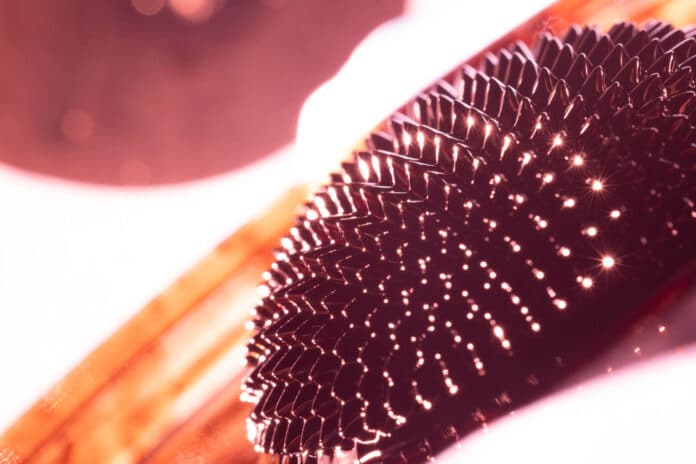Superconductivity is one example of intriguing quantum behavior. The mechanism and purpose of superconductivity were not fully understood until 1957. At normal temperatures, electrons move around mainly on their own. They collide with other particles, changing their speed and direction and releasing energy. However, electrons can arrange themselves into a different state of matter at low temperatures.
They form pairs bound together into a collective state that behaves like a single entity. They can be compared to army soldiers. They are simpler to deflect when they move independently. However, it is far more difficult to destabilize them while they are marching in unison and lockstep. This collective state has a strong current carrying capacity.
Now, physicists have identified a mechanism for forming oscillating superconductivity known as pair-density waves. Their discovery offers insight into an unconventional, superconductive state in certain materials, including high-temperature superconductors.
Luiz Santos, assistant professor of physics at Emory University and senior author of the study, said, “We discovered that structures known as Van Hove singularities can produce modulating, oscillating states of superconductivity. Our work provides a new theoretical framework for understanding the emergence of this behavior, a phenomenon that is not well understood.”
Santos’ study focuses on how interactions between electrons can produce superconductivity in ways that defy the 1957 description of the phenomenon. Oscillating superconductivity, where the paired electrons dance in waves and change amplitude, illustrates this allegedly strange phenomenon.
In a separate study, Santos instructed Castro to look into unique Van Hove singularity characteristics—structures where many electronic states are compressed in energy. According to Castro’s research, the singularities appeared to have the proper physics to give rise to oscillatory superconductivity.
That motivated Santos and his associates to look further. They discovered a mechanism by which Van Hove singularities could produce these superconducting dancing-wave states.
Santos says, “As theoretical physicists, we want to be able to predict and classify behavior to understand how nature works. Then we can start to ask questions with technological relevance.”
Some high-temperature superconductors exhibit this dancing-wave behavior when operating roughly three times as low as a refrigerator’s freezer. Experimentalists might build on understanding how this behavior can result from Van Hove singularities to investigate the range of opportunities it presents.
Journal Reference:
- Pedro Castro, Daniel Shaffer, Yi-Ming Wu, and Luiz H. Santos. The emergence of the Chern Supermetal and Pair-Density Wave through Higher-Order Van Hove Singularities in the Haldane-Hubbard Model. Physical Review Letters. DOI: 10.1103/PhysRevLett.131.026601
